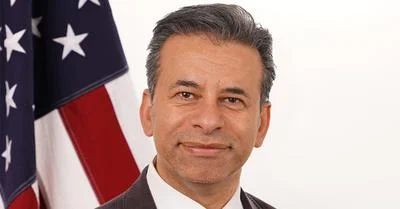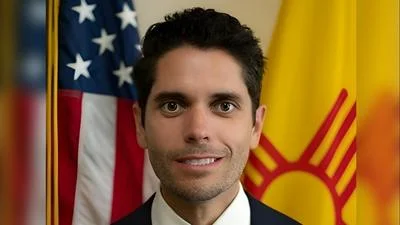FAIRBANKS, Alaska - The Transportation Security Administration (TSA) Wednesday offered the first look at the newly-installed inline checked baggage handling system at Fairbanks International Airport (FAI).
This state-of-the-art system, which became fully operational this past weekend, allows TSA to screen an average of 460 checked bags per hour. At peak operation, TSA can screen more than 500 bags an hour. In contrast, the old checked baggage system at FAI could process about 350 bags an hour.
The new system can also screen larger checked items including hockey bags, golf bags and oversized suitcases. These items previously had to be screened by hand.
Construction of the new inline system began in October 2016, requiring removal of old equipment and installation of a temporary checked baggage system in the FAI terminal lobby.
“TSA’s investment in a new checked baggage system at FAI will not only increase efficiency and capacity, it also provides a high level of security," said TSA Federal Security Director for Alaska Brian Cahill. “With the completion of this project, TSA is already ahead of schedule for the busy summer travel season."
"Our top priority is the safety of the traveling public and our employees. The new checked baggage screening system allows TSA to do this more effectively and efficiently" said, FAI Airport Manager Jeff Roach. "Our successful partnership with TSA continues to improve the passenger experience at Fairbanks International Airport."
By law, TSA is required to screen all baggage that travels on a commercial aircraft. At many airports across the country including FAI, inline checked baggage systems utilize conveyor belts to route checked luggage through an Explosive Detection System (EDS) machine. EDS technology quickly captures an image of the checked bag to determine if the bag contains any type of threat item including explosives.
If the EDS machine indicates a bag needs additional security screening, the bag is automatically diverted for an on-screen, visual inspection by a transportation security officer. In a small number of instances, a transportation security officer will need to conduct a physical screening of a checked bag to ensure there is no security threat before reintroducing the bag to the inline system where it continues to the aircraft.
Nationwide, less than five percent of checked bags are sent for physical inspection; the remainder are cleared by the EDS technology. In 2016, TSA nationwide screened 466 million checked bags.
TSA paid for the acquisition and installation of the new inline system at a total cost of $4.7 million. It replaces a system that had been in use since 2009.
Source: U.S. Department of Homeland Security, Transportation Security Administration









